
DIE HOCHZEIT DES FIGARO
Wolfgang Amadeus Mozart



Wolfgang Amadeus Mozart
DIE HOCHZEIT DES FIGARO
1976
Soloists:
Ursula Reinhardt-Kiss, Jozsef Dene, Ute Trekel-Burkhardt
Orchestra, Chorus:
Chor und Orchester der Komischen Oper Berlin
Conductor:
Geza Oberfrank
Director:
Walter Felsenstein
Walter Felsenstein (1901–1975), founder and general director of the Komische Oper in Berlin, was one of the twentieth century’s greatest creative theatre directors, who played a hugely important role in the revival of opera as a theatrical art form. A brilliant artist who directed over 190 productions during the course of his career, he was equally committed to the works, their creators, the ensemble and the audience. The Marriage of Figaro that received its premiere on 26 February 1975 in the Komische Oper Berlin was Walter Felsenstein’s last production and in many respects can be regarded as representing his legacy. Having just returned from directing a guest production at Vienna’s Burgtheater, Felsenstein had been working on Figaro since early February 1974. He had already directed three productions of the work – in 1934 in Cologne, in 1942 at the Salzburg Festival and in 1950 at the Komische Oper. For the latter production, he had used earlier translations as the basis for producing a new text version, but he now decided that this was inadequate, as he had reached the conclusion that from the point of view of both form and expression, rhyme was crucial at many points in the musical numbers. He also wanted to further fine-tune the formulation of the text – putting the emphasis on the sense rather than word-for-word equivalence (which was, in any case, impossible). For a 74-year-old, Felsenstein had a punishing work schedule. In addition to working on Figaro (translating the libretto, analysing the pieces with the conductor, working on the overall concept, holding discussions with the set and costume designers), he also had to find time for his work as General Director, for congresses, for a guest production of Bluebeard and for many other duties. His principle was, “always to start from the beginning again, to try to reach an understanding of the text and the music as though they had never before been interpreted or ‘understood’. I call it ‘taking the work literally’. And it is above all the music that has to be taken literally.” Thus he tried to approach even his fourth production of the work in a spirit of ‘naivety’, while, at the same time, benefiting from the experience gained with his previous productions. With inexorable meticulousness, Felsenstein pored over the opera, consulting its roots in the works of Beaumarchais and Paisiello (The Barber of Seville) in order to be able to understand the relationship between the characters in Mozart’s work.
Label:
Arthaus Musik
Genre:
Oper
Running Time:
216
Picture Format:
4:3
Sound Format:
PCM Stereo
Number of Discs:
2
Region:
0
Languages:
DE
Subtitle Languages:
GB, DE, FR, ES
EAN:
0807280129595
UPC:
807280129595

Wolfgang Amadeus Mozart
This German version of Wolfgang Amadeus Mozart’s Marriage of Figaro, with set and costumes by Ita Maximowna, dates from the year 1967. The Hamburg State Opera Choir and the Philharmonic State Orchestra of Hamburg are conducted by Hans Schmidt-Isserstedt, who worked as the opera company’s first conductor between 1935 and 1942 as well as from(...)
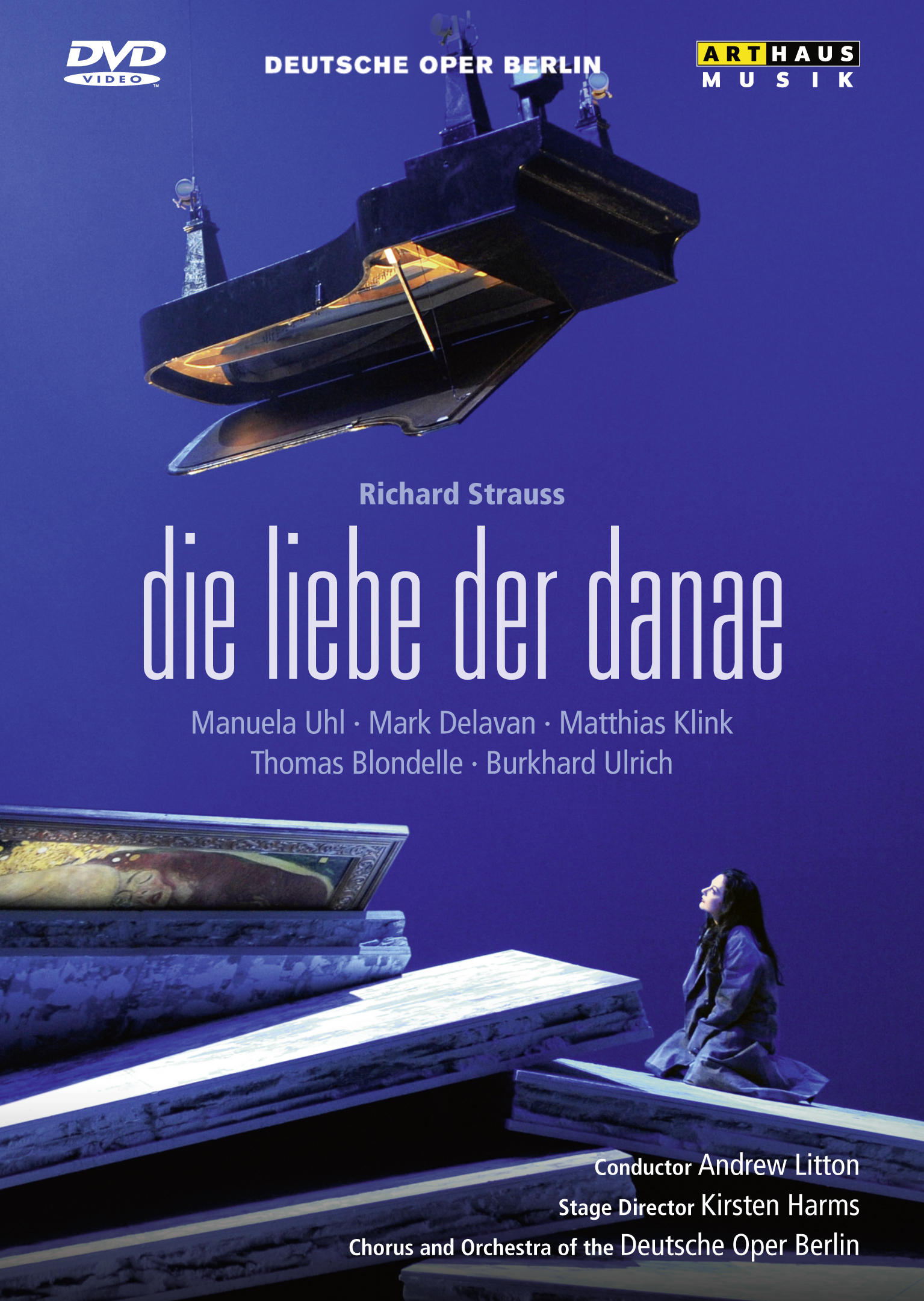
Richard Strauss
Richard Strauss completed his second-to-last opera “Die Liebe der Danae” in 1940. Written under war clouds, the “merry mythology” based on an idea by Hugo von Hofmannsthal was given a provisional, by-invitation-only dress rehearsal premiere at the 1944 Salzburg Festival the day before all theaters in the “Reich” were closed by order of(...)









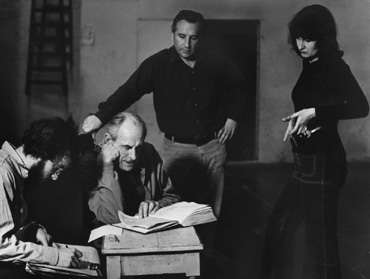




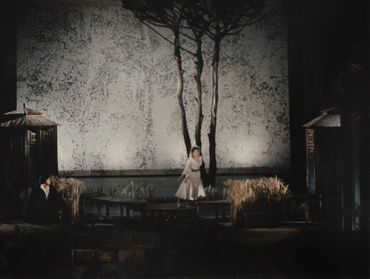
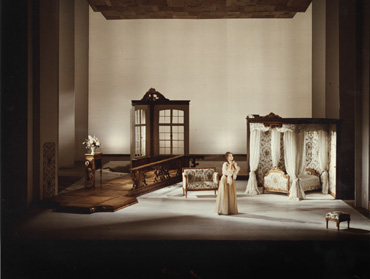

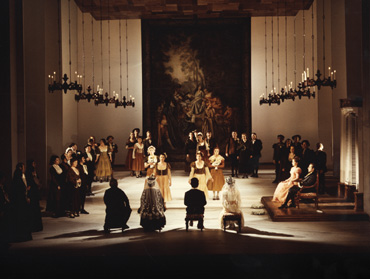

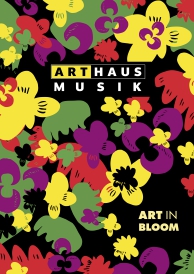 PDF Download (5,5 MB)
PDF Download (5,5 MB)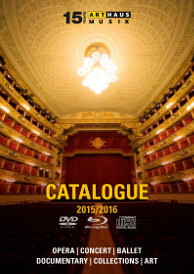 PDF Download (6,7 MB)
PDF Download (6,7 MB)